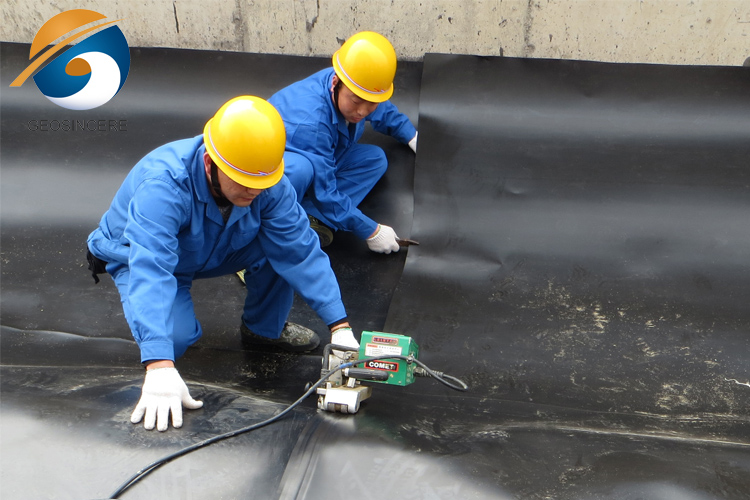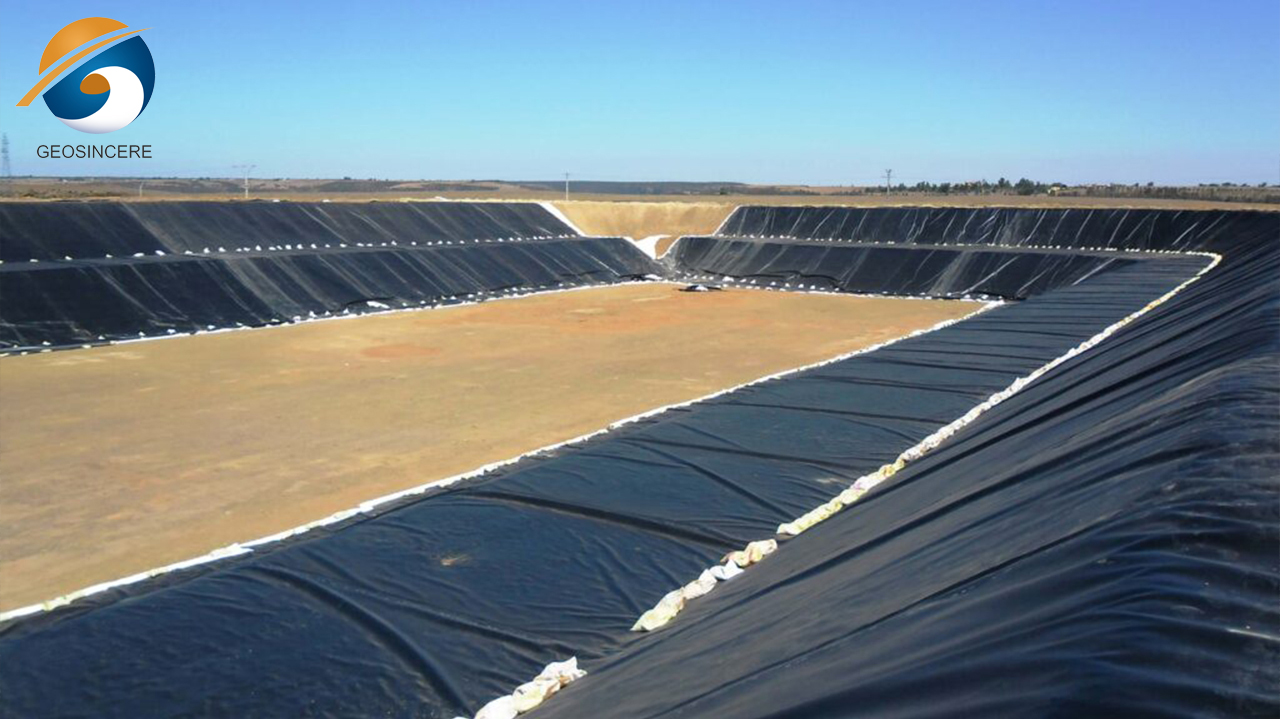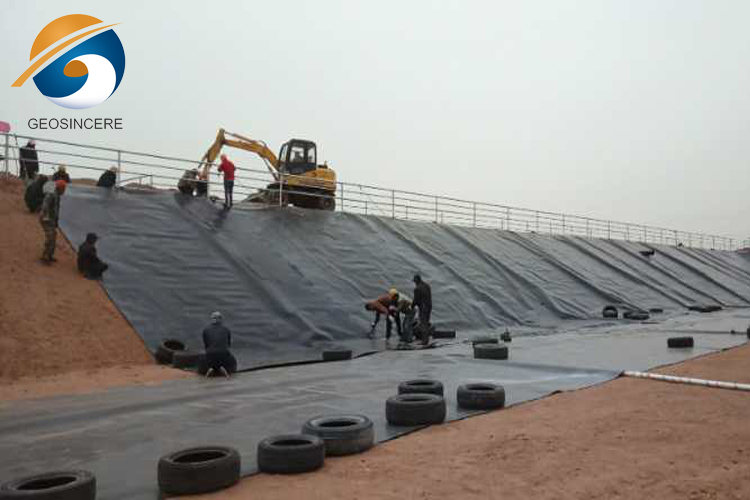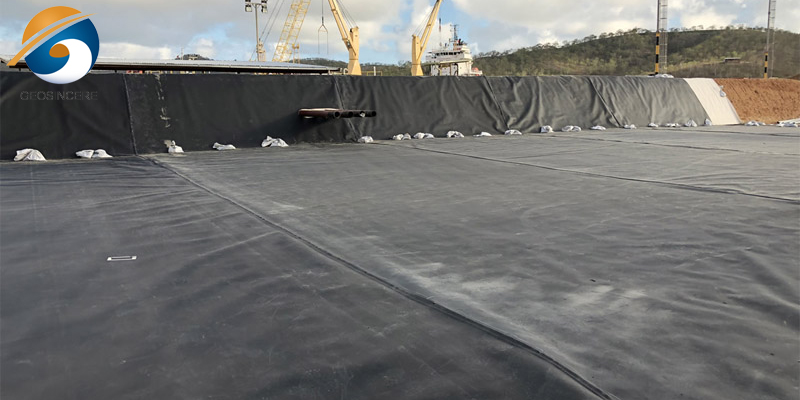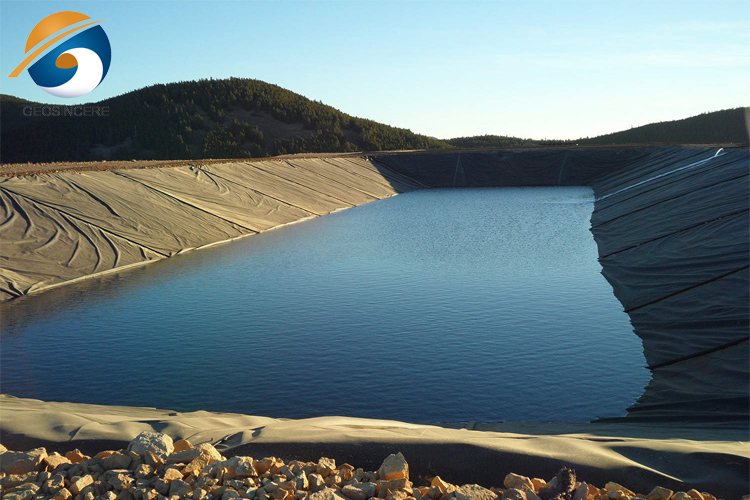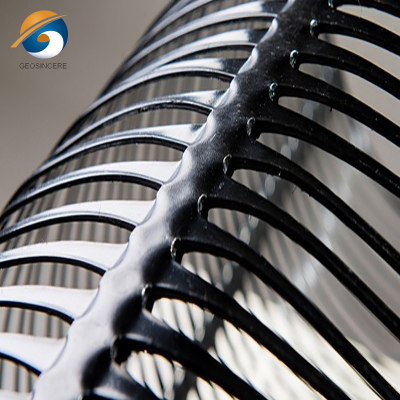How To Install Geo Membranes?
Installing geomembranes is a crucial step in ensuring the integrity and lifespan of various environmental projects. Whether you work in landfills, pond liners, or mining operations, installing these synthetic barriers correctly can prevent water pollution and effectively manage waste. Do you want to maximize the effectiveness of environmental projects? Have you ever thought about how important it is to install geomembranes to prevent leaks and ensure sustainability? The success of project application largely depends on appropriate installation techniques.
How to ensure seamless and effective installation of geomembranes? Let's delve into the key processes that will help you achieve optimal results and protect project integrity.
1. How is Geomembrane Manufactured? What are The Characteristics ?
Geomembranes are usually manufactured through a three-layer co extrusion process. Firstly, polymer particles (such as high-density polyethylene (HDPE) or low-density polyethylene (LDPE)) are melted at high temperatures and then extruded into thin films through molds. This process can produce geomembranes of different thicknesses and widths. Next, the film undergoes cooling, curling, and cutting to ultimately form a usable product. During the production process, anti UV agents, antioxidants, and other additives can also be added to enhance the performance and durability of the geomembrane.
The characteristics of geomembranes include:
-Impermeability: Geomembranes have excellent anti-seepage properties, which can effectively prevent the infiltration of liquids and protect groundwater resources.
-Chemical resistance: able to resist the erosion of various chemicals, suitable for complex soil and waste environments.
-Durability: It has a long service life and can withstand extreme climate change and mechanical pressure.
-Flexibility: Geomembranes are easy to lay during construction and can adapt to different terrains and environments.
Through these characteristics, geomembranes have become an indispensable and important material in environmental protection and civil engineering.
2. What are The Key Materials Required for The Installation of Geomembranes ?
-Geomembrane: This is the main material for installation, usually made of high-density polyethylene (HDPE) or low-density polyethylene (LDPE), with good anti-seepage performance and durability.
-Welding equipment: Welding machines used to connect geomembranes, such as hot gas welding machines or hot wedge welding machines, to ensure the firmness and sealing of joints.
-Welding rod: During the welding process, the welding rod is melted by heating to form a weld seam, connecting two materials together to ensure impermeability.
-Adhesive: In some cases, specialized adhesives may be required to enhance joint strength.
-Protective layer: such as non-woven fabric or sand pad, to prevent damage to the geomembrane.
-Fixed anchoring materials: such as anchor nails, hooks, or heavy objects, used to fix the geomembrane in the desired position to prevent movement during construction.
-Measurement and marking tools: such as tape measures, marking pens, and level gauges, are used to accurately measure and mark the laying position of geomembranes.
-Testing equipment: used to detect the integrity and leakage of the membrane.
The preparation and use of these key materials can ensure the installation quality and construction efficiency of geomembranes, thereby improving the reliability of the entire project.
3. How to Install Geomembrane?
- Prepare the foundation
Firstly, clean the installation area and remove all sharp objects, weeds, and other obstacles that may damage the geomembrane. Ensure that the foundation is flat, dry, and has sufficient bearing capacity.
- Laying geomembrane
Carefully lay the geomembrane on the prepared foundation, ensuring that the overlapping joints between the membranes meet the design requirements. According to specific projects, the laying direction and method of the membrane should also comply with relevant standards.
- Welding seams
Use professional welding equipment to weld the seams between the membranes together. Ensure appropriate temperature and pressure during welding to achieve the best sealing effect. For large projects, hot air welding or extrusion welding techniques can be used.
- Conduct testing
After welding is completed, a leakage test is conducted to confirm the integrity of the joint. Common methods include water pressure testing and air pressure testing.
- Cover the protective layer
Add a protective layer, such as non-woven fabric or sand pad, above the geomembrane to prevent physical damage and UV exposure.
- Final inspection
Finally, conduct a comprehensive inspection to ensure that the installation of the geomembrane complies with the design specifications, and check the integrity of all joints and cover layers.
By following the above steps, the effective installation of the geomembrane can be ensured, thereby achieving the expected anti-seepage effect.
4. What Common Errors Should Be Avoided During The Installation Process?
It is crucial to avoid the following common errors during the installation of geomembranes to ensure their effectiveness and durability:
- Insufficient basic preparation
Neglecting to clean the foundation area may result in damage to the membrane. Ensure that the foundation is flat and free of sharp objects.
- Improper overlapping of membranes
Insufficient overlap or incorrect orientation of joints can affect the anti-seepage effect, ensuring that the laying is carried out according to the design requirements.
- Improper welding
Inappropriate welding temperature or pressure may cause joint failure, and it is necessary to use appropriate equipment and techniques.
- Neglecting leakage testing
Failure to conduct leakage testing after installation may result in undetected issues, so make sure to conduct a comprehensive inspection before covering.
- Lack of protective layer
Neglecting the protective layer will increase the risk of membrane damage, so make sure to add the protective layer in a timely manner after installation.
- Mismatch of welding materials
Using unsuitable welding rods or welding materials may affect the strength and durability of the welding.
By avoiding these errors, the installation quality of geomembranes can be significantly improved, ensuring their long-term effectiveness and reliability.
5. What is The Best Practice for Maintaining Geomembranes After Installation?
- Regular inspection: Regularly inspect the geomembrane to observe for any damage, wrinkles, or other damages, and promptly identify potential issues.
- Cleaning and maintenance: Keep the surface of the geomembrane clean, regularly remove debris and plant growth to prevent damage to the membrane.
- Avoid heavy pressure: Avoid stacking heavy objects or applying excessive pressure on the geomembrane to prevent deformation or rupture.
- Monitoring environmental conditions: Pay attention to changes in the surrounding environment, such as water levels, soil subsidence, or climate change, and take timely measures to address potential risks.
- Repair damage: If membrane damage is found, repair or replace it in a timely manner to ensure the effectiveness and reliability of the overall system.
Through these best practices, the service life of geomembranes can be effectively extended, ensuring their long-term effectiveness in anti-seepage and isolation.
6. Summary
Installing geomembranes is a crucial step in ensuring their anti-seepage performance and long-term reliability. By following scientific and standardized installation processes, the performance of geomembranes can be effectively improved, providing solid protection for the project. Proper foundation preparation, precise seam welding, and regular post maintenance are all important steps to ensure optimal membrane performance. In short, through careful planning and implementation, geomembranes will provide strong support for environmental protection and resource management.
If you have any needs, please contact us. We can provide you with the highest quality products and installation services, offering a one-stop solution for your project.

